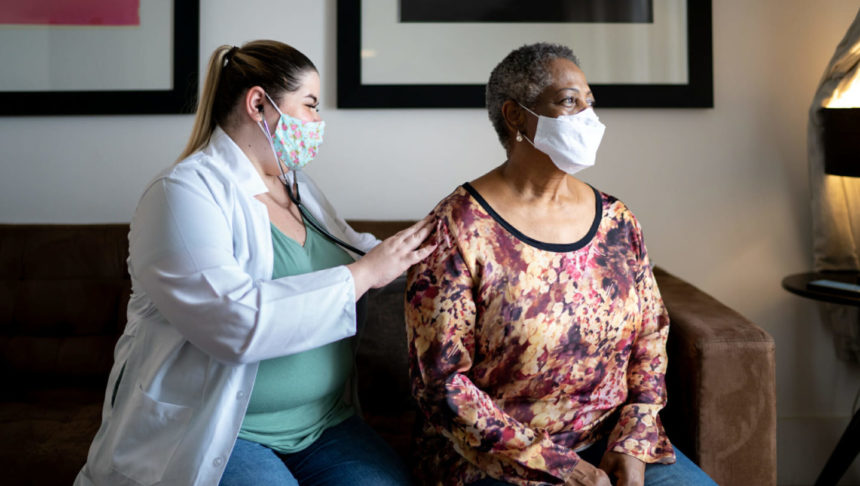
There is a high rate of functional dependency and “dramatic” one-year functional decline among nursing home residents, a new study finds. A strong nursing workforce and the onsite presence of clinical experts may help mitigate this problem, the authors say.
In a review of 27 studies, investigators analyzed the incidence of functional decline and what predicts this state in nursing home residents. They found a high rate of functional dependency at baseline, and a 39% to 51% functional decline among these residents at one-year follow up.
“This matches with the existing literature reporting that long-term residents are among the frailest population with the lowest levels of functional capacity, and that higher disability profiles tend to have faster functional decline transitions,” reported Pau Moreno-Martin, Ph.D., of the University of Vic-Central University of Catalonia in Spain.
Predictive factors for this decline included cognitive impairment, functional status at baseline, length of institutionalization, age, being married, being male and stroke disease. Some predictive factors, such as urinary incontinence and depression, are preventable and should be addressed to help reduce functional decline, the authors noted.
Licensed nursing hours
Other factors appeared to protect residents from experiencing dramatic decline, the review also found. These included a relatively high number of licensed nursing hours and the presence of a geriatrician on the nursing home staff.
The findings highlight the need for an adequate capacity of highly trained care workers in these settings, according to Moreno-Martin and colleagues.
“Studying and improving these factors should be further emphasized to achieve what [the World Health Organization] stated as the ultimate goal of nursing home care: [to] optimize the functional capacity trajectories of the residents,” the authors wrote.
“Increasing care workers’ pay and benefits, improving their working conditions and providing education, career progression or academic opportunities could help nursing homes to retain and recruit highly trained care workers,” they added.
Full findings were published in JAMDA.
Related stories:
Nursing home improvements don’t come without workforce investments: analysis



